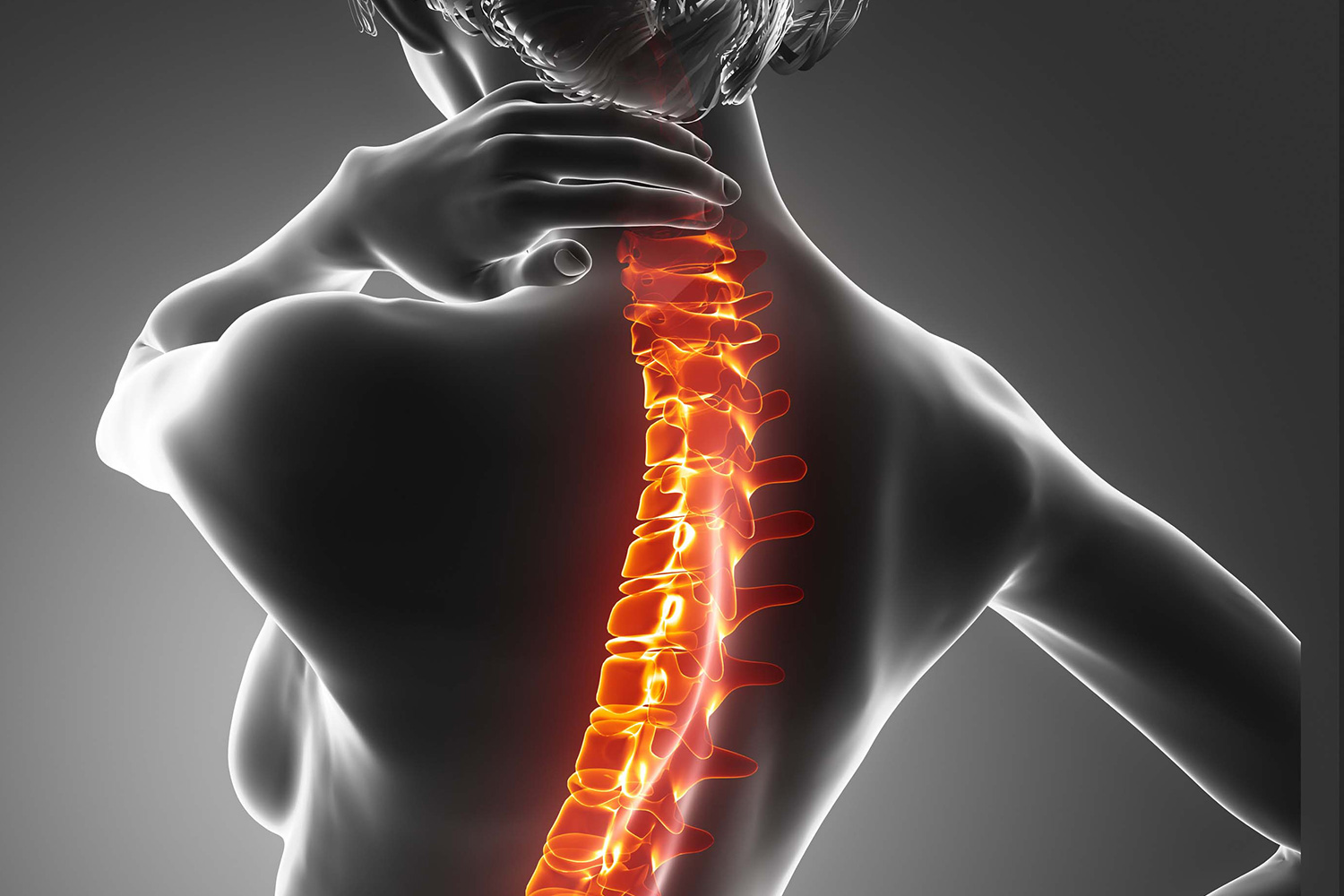
Scoliosis is a condition that affects the spine, causing it to curve sideways. This condition affects approximately 3% of the population and can develop at any age, but it is most commonly diagnosed during adolescence. In this article, we will explore the causes, symptoms, and treatment options for scoliosis.

The cause of scoliosis is not always clear, but it is thought to be a combination of genetic and environmental factors. Some cases of scoliosis are inherited, while others develop as a result of a neuromuscular disorder or a congenital spinal abnormality.
The symptoms of scoliosis can vary depending on the severity of the condition. Some people may have no symptoms at all, while others may experience back pain, uneven shoulders, an uneven waistline, or a protruding rib cage. In severe cases, scoliosis can cause breathing difficulties, digestive problems, or neurological symptoms.
Scoliosis is usually diagnosed through a physical examination and imaging tests, such as X-rays or MRI scans. During a physical exam, the doctor will check for asymmetry in the shoulders, waistline, and rib cage. Imaging tests can help determine the degree of curvature and the location of the curve.

The treatment of scoliosis depends on the severity of the condition. In mild cases, no treatment may be necessary, and the condition may be monitored over time. In more severe cases, treatment options may include:
Bracing: A back brace can help prevent further progression of the curve in children and adolescents whose bones are still growing. The brace is worn for several hours a day and may need to be worn for several years.
Surgery: In severe cases, surgery may be necessary to correct the curvature of the spine. During surgery, metal rods are attached to the spine to straighten it and hold it in place while bone grafts fuse the vertebrae together.
Physical therapy: Physical therapy can help improve flexibility, strength, and posture, which can help reduce pain and prevent further progression of the curve.
Chiropractic care: Chiropractic care can help relieve back pain and improve spinal alignment. Chiropractic adjustments may be used in combination with other treatments, such as bracing or physical therapy.
Pain management: In cases where scoliosis causes chronic pain, pain management techniques such as acupuncture, massage, or medication may be recommended.
In conclusion, scoliosis is a condition that affects the spine, causing it to curve sideways. While the cause of scoliosis is not always clear, it is thought to be a combination of genetic and environmental factors. The symptoms of scoliosis can vary depending on the severity of the condition, and diagnosis is usually made through a physical examination and imaging tests. Treatment options include bracing, surgery, physical therapy, chiropractic care, and pain management techniques. Early diagnosis and treatment can help prevent further progression of the condition and improve quality of life.
Scoliosis is a complex condition that requires careful consideration and management. Here are some of the key issues that should be considered when dealing with scoliosis:
1-Early detection: Early detection of scoliosis is crucial to ensure timely intervention and prevent further progression of the curve. Routine scoliosis screenings should be conducted in school-aged children and adolescents to detect the condition early.
2-Severity of the curve: The severity of the curve determines the course of treatment for scoliosis. Mild curves may not require any treatment and can be monitored over time, while more severe curves may require bracing or surgery.
3-Age at diagnosis: The age at which scoliosis is diagnosed can influence the choice of treatment. In children and adolescents whose bones are still growing, bracing may be recommended to prevent further progression of the curve. In adults, surgery may be the preferred option.
4-Impact on quality of life: Scoliosis can have a significant impact on a person's quality of life, especially if it causes chronic pain or limits mobility. Treatment options should take into account the impact on the individual's physical and emotional well-being.
5-Risks and benefits of treatment: Each treatment option for scoliosis has its own risks and benefits. Patients and their families should carefully consider the potential risks and benefits of each option before making a decision.
6-Post-treatment follow-up: Patients who undergo treatment for scoliosis require ongoing monitoring to ensure that the curve does not progress or recur. Regular check-ups with a specialist are recommended to ensure that the treatment is effective and to address any issues that may arise.
7-Emotional support: Living with scoliosis can be challenging, especially for children and adolescents. Emotional support is crucial to help patients cope with the condition and its impact on their daily lives. Support groups, counseling, and other resources are available to help patients and their families navigate the emotional aspects of scoliosis.
In conclusion, scoliosis is a complex condition that requires careful consideration and management. Early detection, severity of the curve, age at diagnosis, impact on quality of life, risks and benefits of treatment, post-treatment follow-up, and emotional support are all important issues that should be considered when dealing with scoliosis.